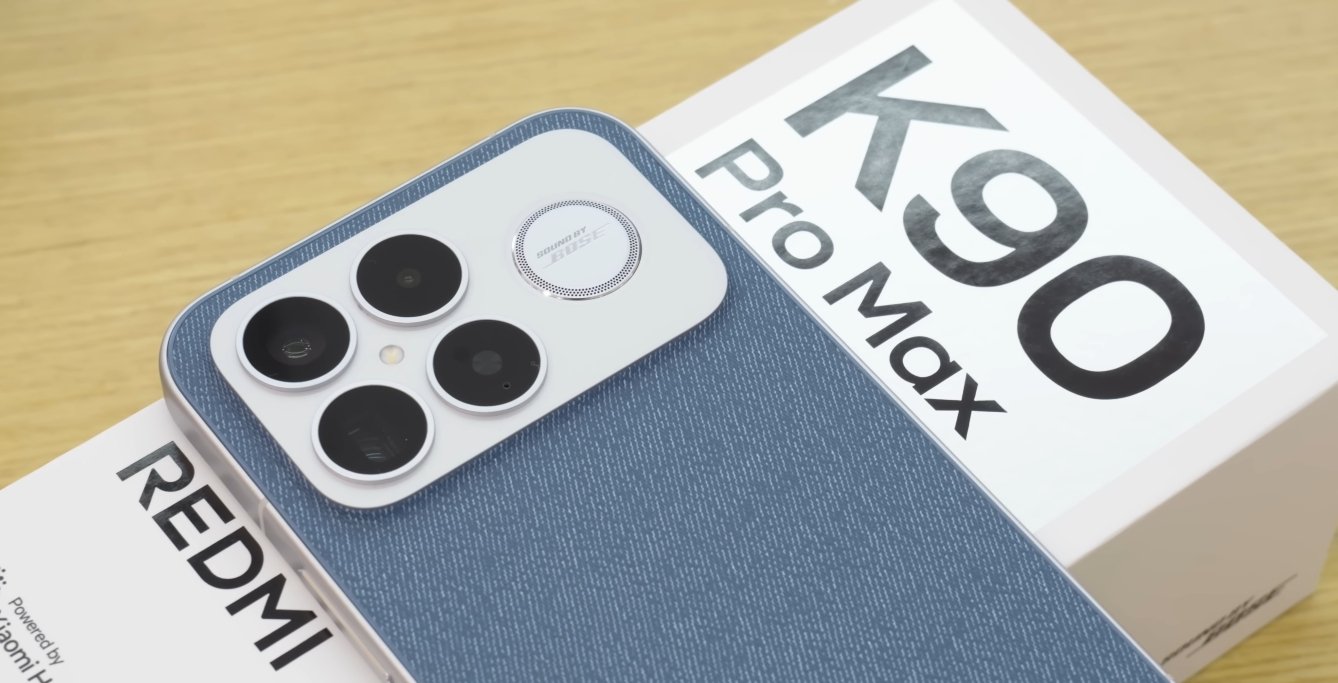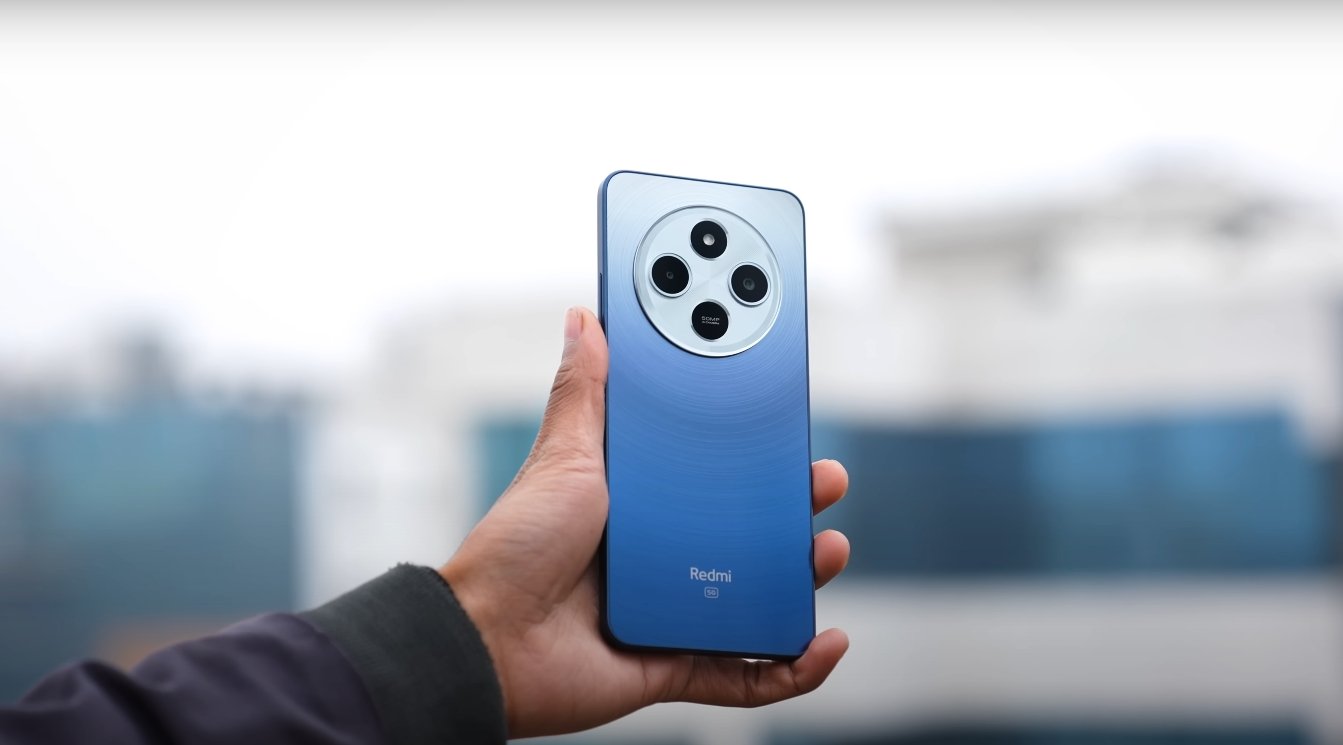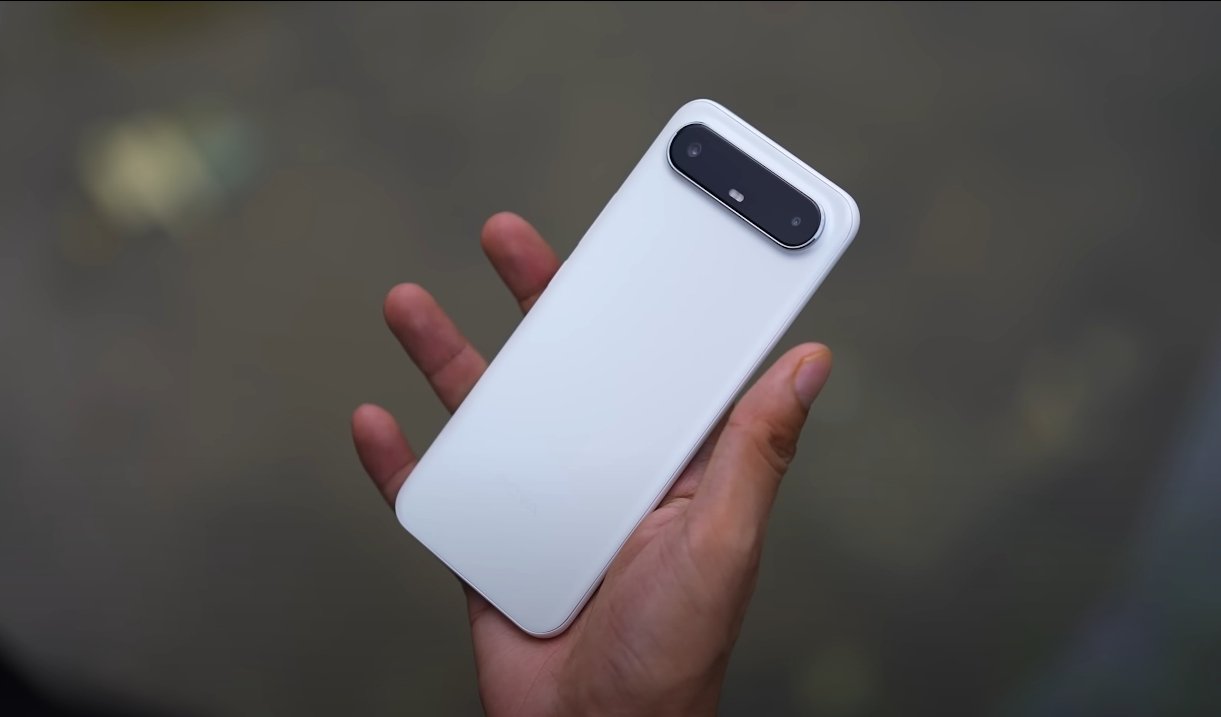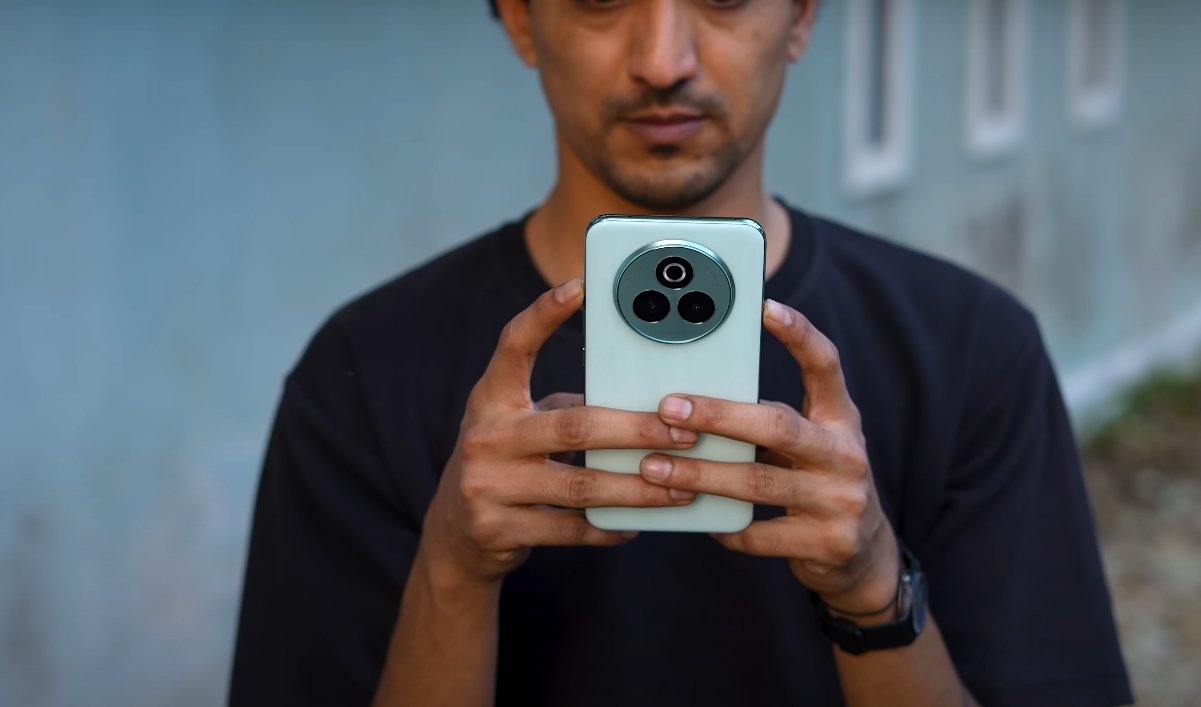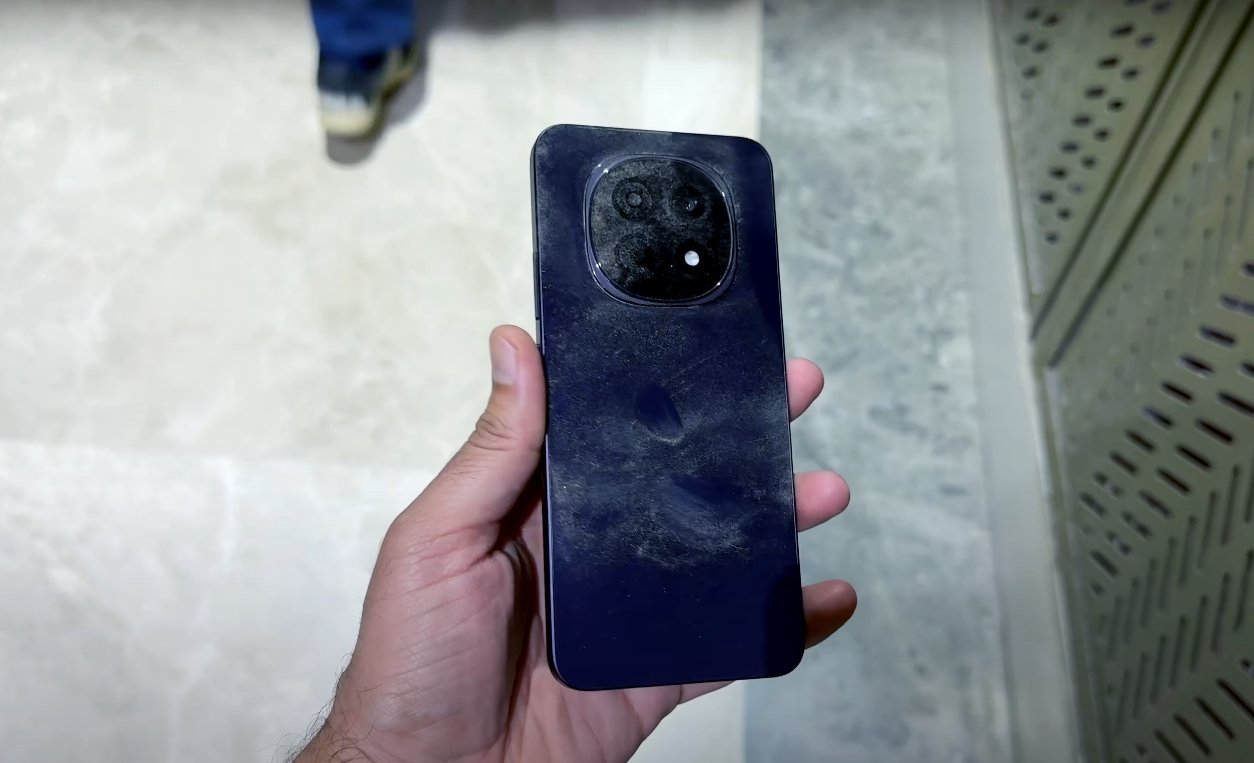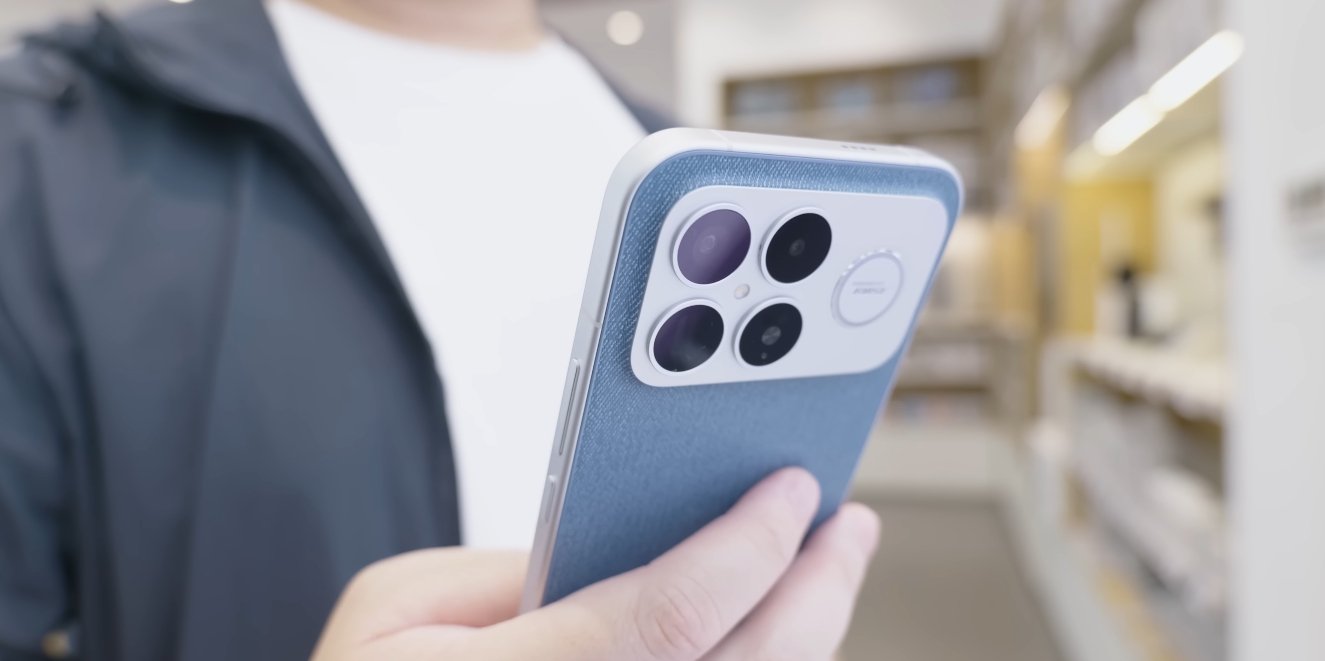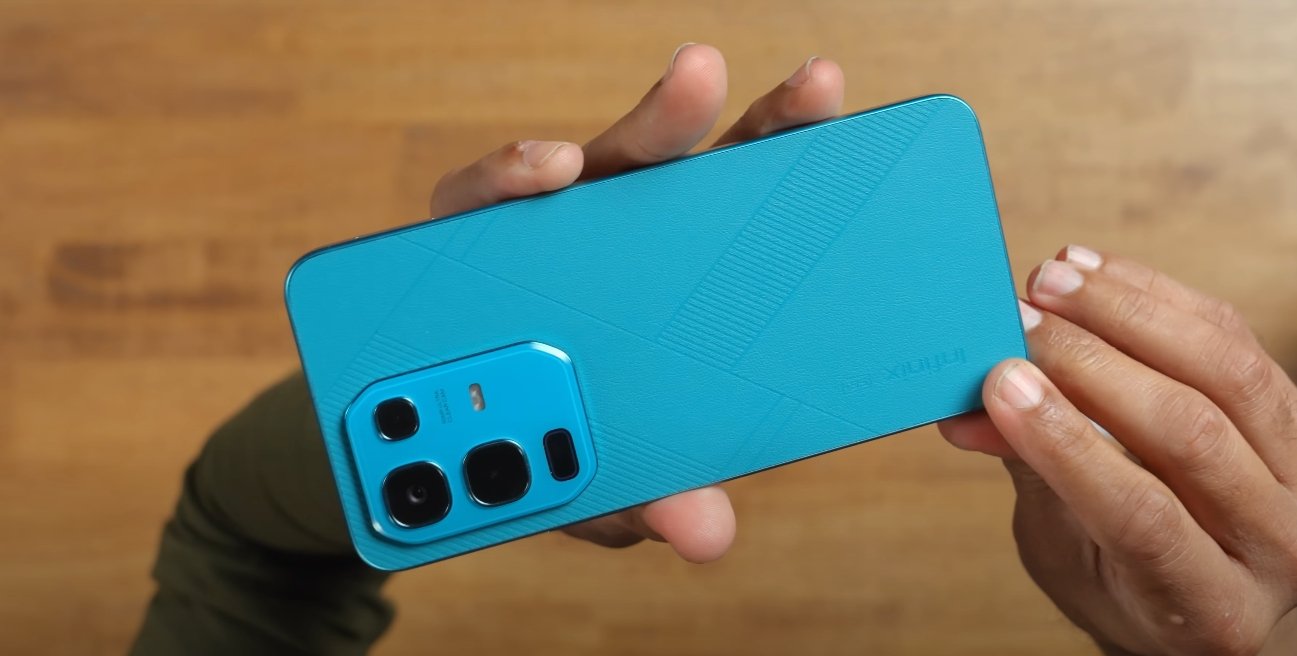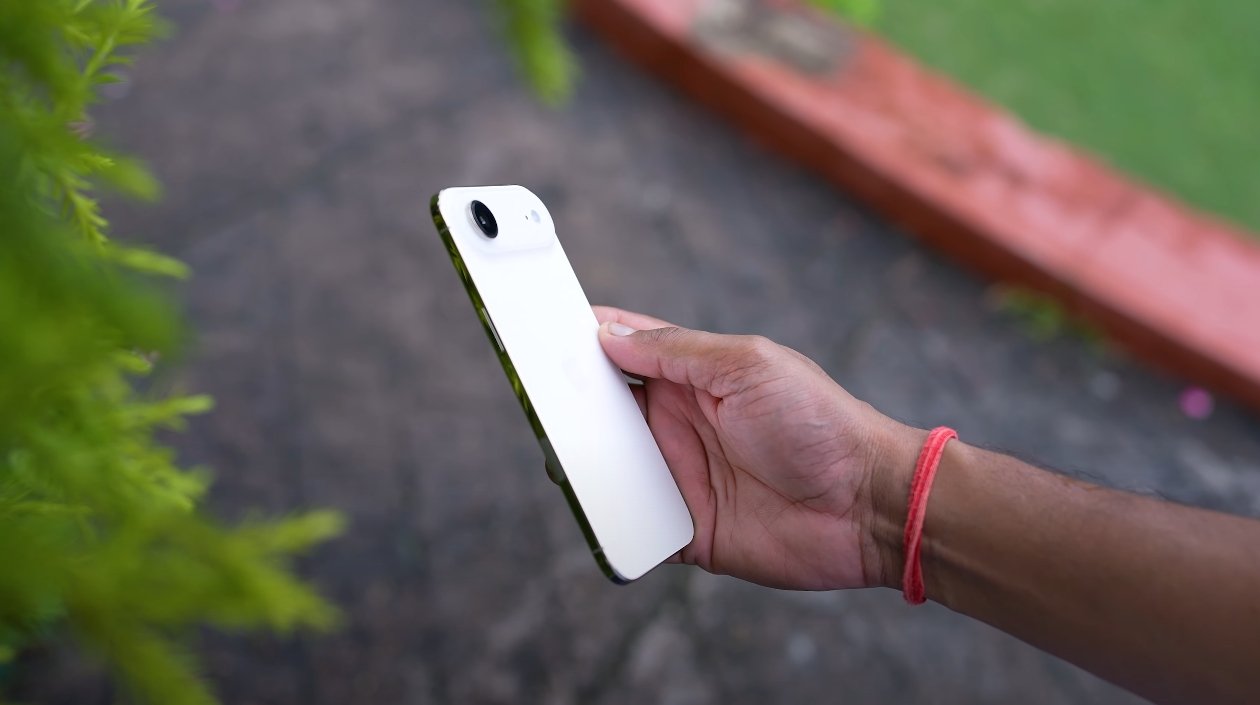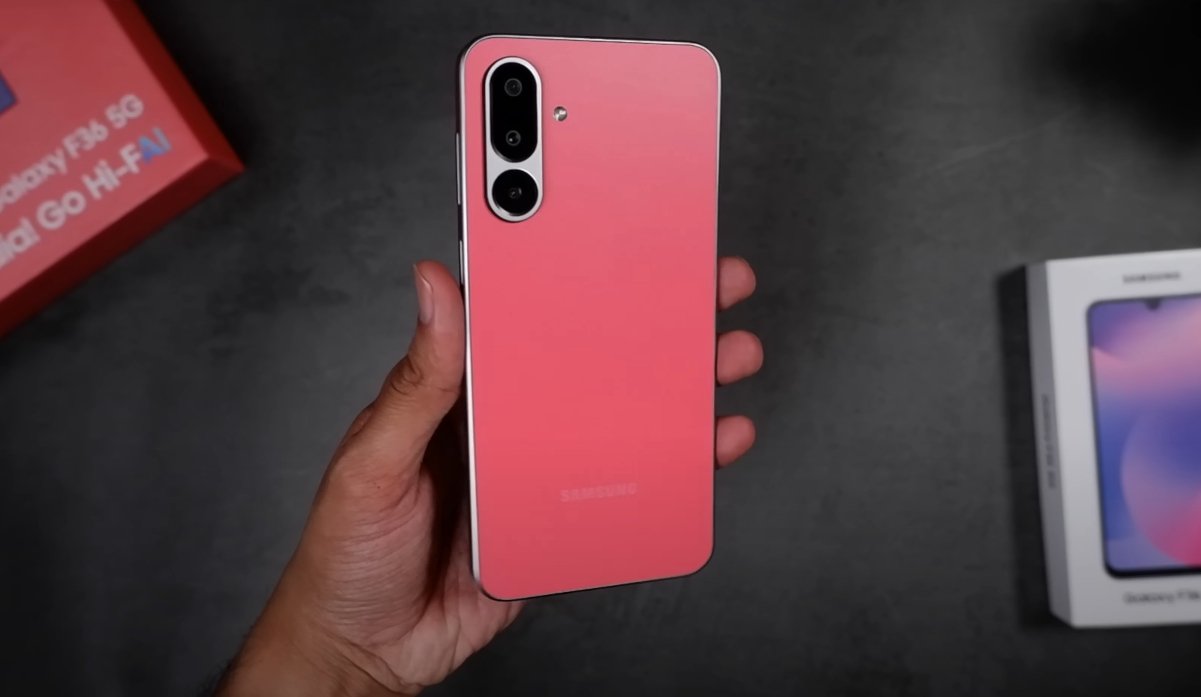Understanding Carrier Policies for Imported Smartphones in Canada
The growing trend of importing high-end smartphones such as the Redmi K90 Pro Max has sparked interest among Canadian tech enthusiasts. With advanced features and aggressive pricing, many buyers prefer to import these models rather than wait for an official release. However, the way Canadian carriers treat imported phones plays a major role in shaping the overall experience for users who choose this route.
In Canada, all major carriers — including Rogers, Bell, and Telus — generally allow users to use unlocked devices from other markets. Since 2017, the Canadian Radio-television and Telecommunications Commission (CRTC) has required that all phones sold in Canada be unlocked. This means customers can insert any compatible SIM card without facing carrier restrictions. Therefore, if the Redmi K90 Pro Max is purchased unlocked, Canadian users can typically start using it on their preferred network with minimal setup.
That said, network compatibility remains a critical factor. Each carrier in Canada operates on specific LTE and 5G bands, and imported phones often differ in supported frequencies based on their intended market. The Redmi K90 Pro Max, designed primarily for the Asian market, may not fully support all Canadian 5G or LTE bands. As a result, users might notice weaker signal strength in certain areas or limited access to advanced features such as Voice over LTE (VoLTE) and Wi-Fi calling. These limitations do not make the device unusable, but they can affect call quality and data speeds, especially in rural regions where carrier coverage varies significantly.
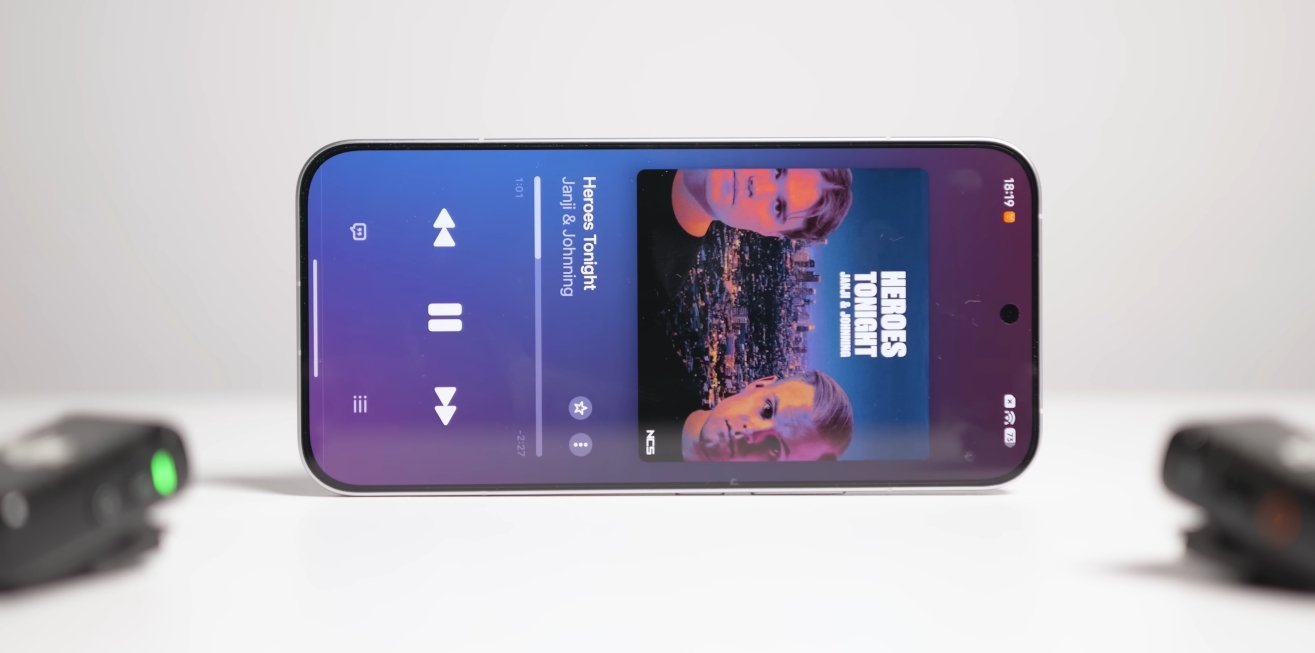
Another issue is certification and compliance. Canada’s Innovation, Science and Economic Development (ISED) department regulates wireless devices and requires that all phones used on Canadian networks meet specific technical standards. Officially sold phones carry ISED certification labels, confirming compliance with these requirements. Imported phones, on the other hand, may not carry this certification, as they were never intended for the Canadian market. While most carriers do not actively block uncertified phones, using such devices technically falls outside Canada’s official regulatory guidelines.
Warranty and repair support are other practical concerns for owners of imported phones. Carriers and authorized service centers in Canada usually offer warranty coverage only for officially distributed models. An imported Redmi K90 Pro Max might require service through the original seller or manufacturer in its country of origin. This can lead to longer repair times, higher costs, or even denied service if parts or support are unavailable locally. Buyers who choose to import should be prepared to handle warranty claims directly with overseas vendors or third-party repair shops.
Trade-in programs and promotions also present challenges. Canadian carriers frequently run deals that offer credit or discounts toward new devices when customers trade in old ones. However, these offers typically apply only to phones sold through official Canadian channels. Imported models, lacking Canadian model numbers or certification, are often excluded from such programs. This means users who buy imported phones may miss out on financial incentives available to buyers of locally sold devices.
Software and firmware support can differ as well. Imported phones like the Redmi K90 Pro Max may use regional versions of MIUI that are not optimized for Canadian carriers. Features such as visual voicemail, emergency alerts, or local network configurations might require manual setup. Additionally, software updates may arrive later compared to officially supported markets, as updates are rolled out regionally. While tech-savvy users can often overcome these limitations, casual users might find it inconvenient.
Despite these challenges, many Canadian users still import devices due to their excellent hardware value and competitive pricing. For example, the Redmi K90 Pro Max offers flagship-level performance at a fraction of the cost of comparable Samsung or Google models sold in Canada. When used with a compatible carrier, it can deliver strong performance, impressive display quality, and exceptional camera results. The trade-off usually lies in losing access to official support and seamless integration with carrier services.
In summary, Canadian carriers do allow imported phones like the Redmi K90 Pro Max to operate on their networks, provided they are unlocked and compatible with local frequency bands. However, users should be aware of the trade-offs involving warranty, certification, network optimization, and promotional benefits. For buyers who prioritize cutting-edge specs and affordability over official support, importing remains a viable choice. But those who value convenience, guaranteed service, and full feature compatibility may find it wiser to wait for a globally released or Canada-certified model. In the end, understanding the carrier environment ensures that users make an informed decision before investing in an imported smartphone.
